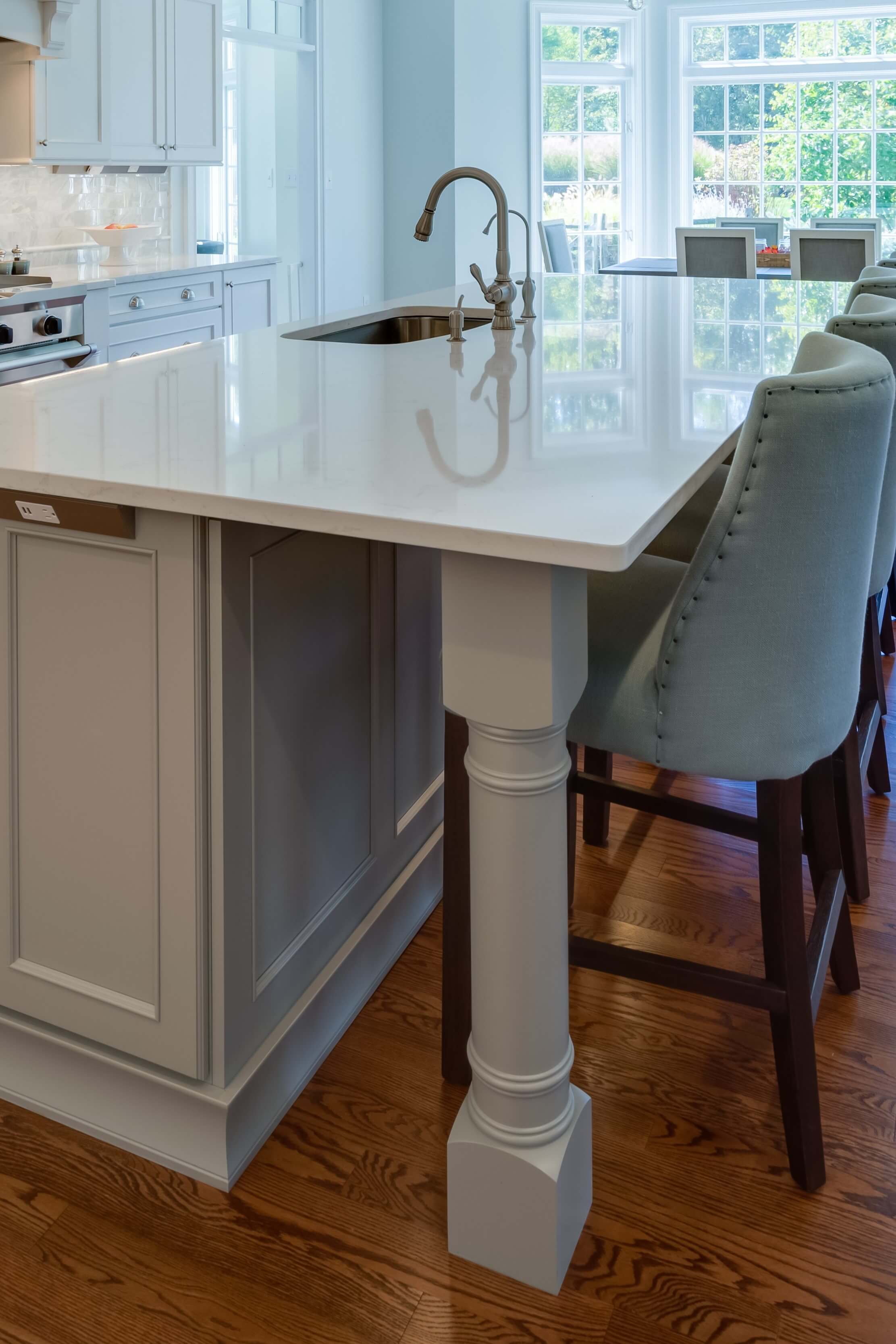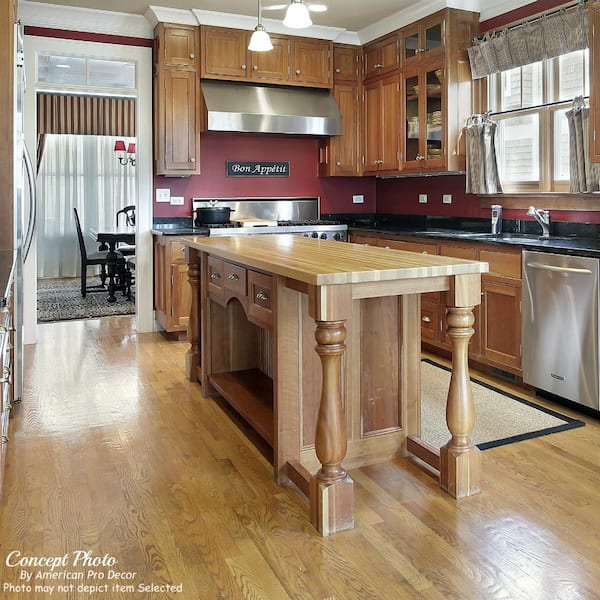Make Your Kitchen Island Stand Out with Personalized Legs For Kitchen Island
Make Your Kitchen Island Stand Out with Personalized Legs For Kitchen Island
Blog Article
A Guide to Picking the Perfect Legs For Kitchen Area Island for Your Home
Picking the ideal legs for your cooking area island is a nuanced choice that impacts both the capability and visual appeal of this main area. Aspects such as elevation, products, and style play a crucial duty in harmonizing your island with the total kitchen style. Furthermore, comprehending the relevance of security and maintenance can considerably influence your selection. As you consider these elements, it becomes apparent that the appropriate legs can change not only the look of your cooking area but likewise its functionality for several years to come. What specific attributes should you focus on in this selection process?

Understanding Kitchen Island Legs
When picking legs for a cooking area island, it's vital to understand their aesthetic and functional roles in the total style. The legs work as a critical assistance system, making certain security and resilience for the island, which often operates as a workspace, eating location, or collecting spot. The option of material and building and construction strategy should be robust adequate to hold up against everyday use and potential wear.
Along with their structural responsibilities, legs add dramatically to the island's aesthetic appeal. They can improve the kitchen area's design, whether with traditional, contemporary, or eclectic designs. The height and percentage of the legs are also critical factors to consider; they have to integrate with the island's counter top height while ensuring comfortable seating for those making use of the space.
Furthermore, the leg style can affect the total flow of the cooking area. Open, ventilated leg styles can produce a feeling of agility, while strong, substantial legs might share a more grounded and secure aesthetic - Legs For Kitchen Island. Comprehending these useful and aesthetic aspects will certainly direct home owners in making informed selections that match their kitchen area's design and enhance its functionality
Popular Styles and Products
The selection of legs for a kitchen area island incorporates a selection of popular designs and materials, each offering unique qualities that can improve both performance and looks. Conventional legs normally show ornate details and workmanship, improving timeless kitchen area styles.

Height and Stability Factors To Consider

Security is one more important factor to consider. The legs of the kitchen island ought to offer sufficient assistance, guaranteeing that the structure can withstand everyday usage without moving or wobbling. This Site Material option plays a considerable function in security; metal legs, for example, often tend to supply higher strength compared to wood. In addition, guaranteeing that the island is securely anchored to the flooring or wall surface can improve stability, especially for bigger islands that may bear significant weight.
Matching Your Kitchen Area Aesthetic
Picking the best legs for your kitchen island goes beyond performance; it also plays a substantial duty in the overall visual of This Site the room (Legs For Kitchen Island). When picking legs, consider the design style of your kitchen area.
Legs that match or comparison with your island's surface area and surrounding cabinetry can produce aesthetic consistency or striking focal factors. Furthermore, consider the coating of the legs; matte, glossy, or textured finishes can significantly influence the total feeling of the kitchen area.
Installment and Upkeep Tips
Setting up cooking area island legs calls for careful focus to information to guarantee both security and visual allure. Use a stud finder to locate wall surface studs if you are attaching the legs to a wall or making use of brackets for added assistance.
When securing the legs, use premium screws and, if necessary, timber adhesive visit this web-site for added stamina. For steel legs, guarantee that you are making use of suitable anchors and tools to stop damages to your flooring. It is suggested to inspect for levelness after installment, making changes as needed to prevent wobbling.
Upkeep is similarly crucial for durability - Legs For Kitchen Island. Frequently inspect the legs for any kind of indicators of wear or helping to loosen, especially in high-traffic locations. Clean the legs with an ideal cleaner, avoiding abrasive materials that might scrape the surface area. For wooden legs, consider using a timber conditioner occasionally to preserve their finish. By complying with these setup and upkeep pointers, you can ensure that your kitchen island legs continue to be both visually attractive and practical.
Conclusion
In final thought, choosing the suitable legs for a kitchen area island necessitates careful consideration of elevation, security, and visual compatibility. Eventually, thoughtful leg option plays an important role in boosting both the usefulness and design of the kitchen area area.
When selecting legs for a cooking area island, it's vital to understand their visual and functional functions in the overall design. Open, ventilated leg styles can create a sense of lightness, while strong, substantial legs may communicate a more based and secure aesthetic. The legs of the kitchen island ought to supply appropriate assistance, making certain that the structure can stand up to daily use without shifting or tottering.Setting up kitchen area island legs calls for careful interest to detail to ensure both security and aesthetic charm.In final thought, picking the ideal legs for a kitchen island requires careful factor to consider of height, stability, and visual compatibility.
Report this page